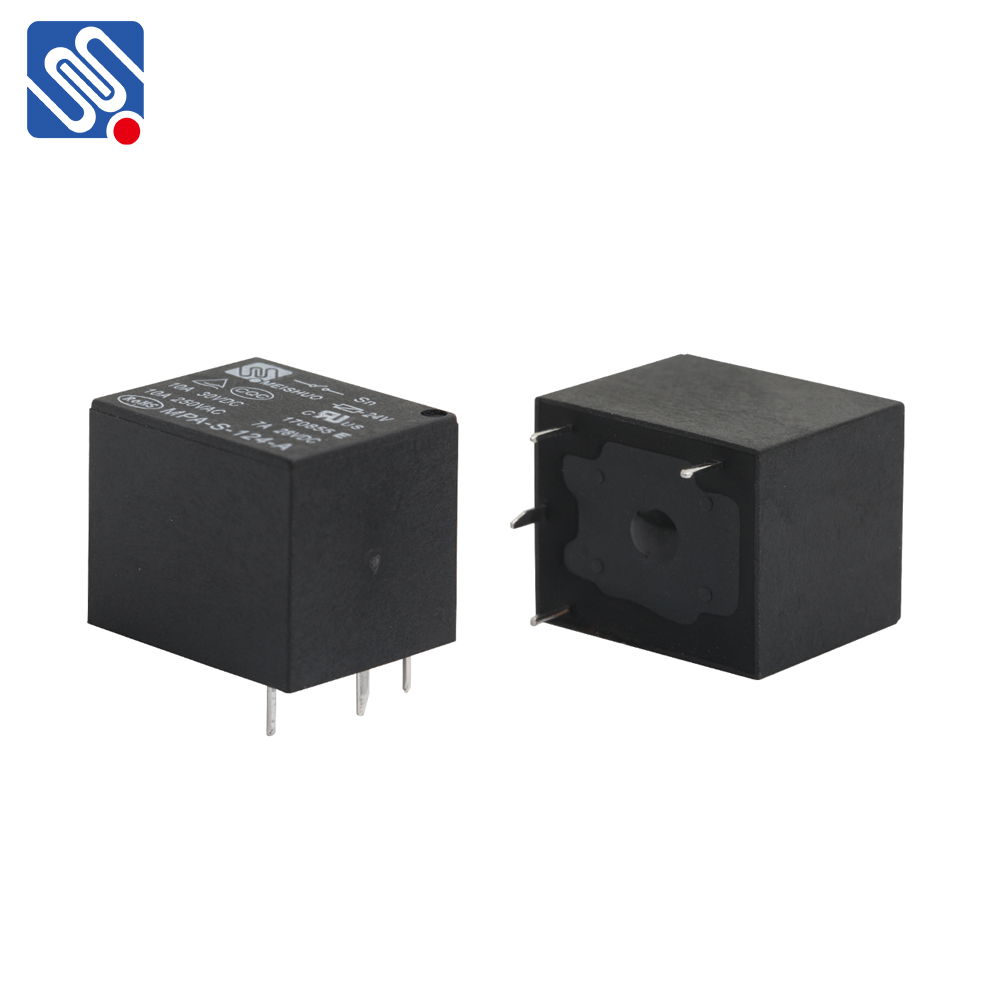relay circuit design: understanding the basics with meishuo
Release time:2025-11-11 17:46:34
Relay circuits are a fundamental aspect of electronic systems, allowing for control over high-power devices using low-power signals. A relay is an electrically operated switch, and the key to designing a successful relay circuit lies in understanding the components, working principles, and integration with control systems. One innovative company, Meishuo, has significantly contributed to the field of relay circuit design, offering solutions that enhance the efficiency and reliability of relay-based systems.

The Basics of Relay Circuits
At its core, a relay consists of a coil, a set of contacts, and an armature. When a voltage is applied to the coil, it generates a magnetic field that attracts the armature, causing the contacts to either open or close. This simple mechanism allows a low-current electrical signal to control a higher-current circuit, which is crucial for applications such as automation, safety systems, and industrial control.
Relay circuits are often used to isolate sensitive electronics from high-power circuits, ensuring that components such as microcontrollers or logic gates do not experience damage due to excessive currents or voltages. By using relays, circuits can switch on and off larger devices such as motors, lights, or industrial machinery without the need for direct human intervention.

